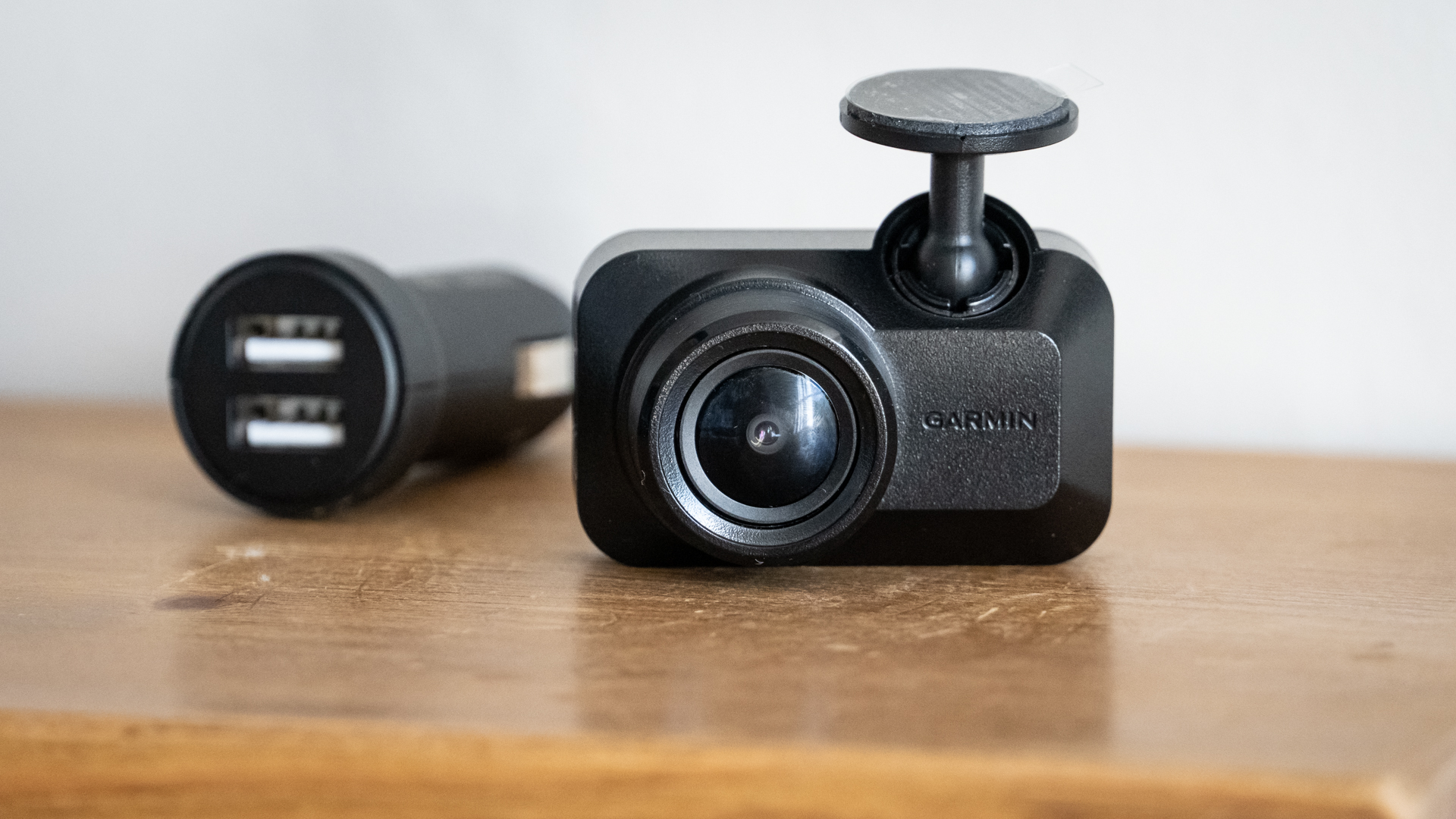
Garmin Dash Cam Mini 3: one-minute review
When it comes to compact dash cams, Garmin proves with the Mini 3 that it’s still the market leader. This is a tiny dash cam that shoots Full HD with HDR at 30 fps, and is so small it practically disappears behind your rear-view mirror, for a near-seamless installation. It also has a decent voice control system, and the smartphone app works well for adjusting settings and downloading stored footage.
That said, the Mini 3 is a very small upgrade on the three-year-old Garmin Dash Cam Mini 2 and, other than an integrated polarizing lens, offers no real incentive to upgrade. If you have an earlier Garmin Mini dash cam, then keep it. But if you’re looking for a very small Full HD dash cam, this one has to be at the top of your list, it's one of the best value dash cams out there.
Garmin Dash Cam Mini 3: price and availability
Launched in September 2024, the Mini 3 is part of a new family of dash cams from Garmin. As with previous generations of Dash Cam Mini, the 3 is Garmin’s entry-level model.
Available now, the Mini 3 is priced at $149.99 / £149.99 / AU$249. This makes it slightly more expensive than the Mini 2, which arrived back in the summer of 2021. The new model is available now.
Garmin Dash Cam Mini 3: specs

Garmin Dash Cam Mini 3: Design
The new Garmin Mini 3 looks almost identical to its predecessor, except for how it’s now designed to be mounted horizontally instead of vertically. This helps it hide more neatly behind the central rear-view mirror of most cars, and means the microSD card slot and microphone mute button are now on the bottom of the device instead of the side.
There’s still a USB port on the right-hand side, but this has been upgraded to USB-C, and there’s still a big button on the rear for manually saving footage. This can be handy for when you witness an incident but aren’t directly involved.
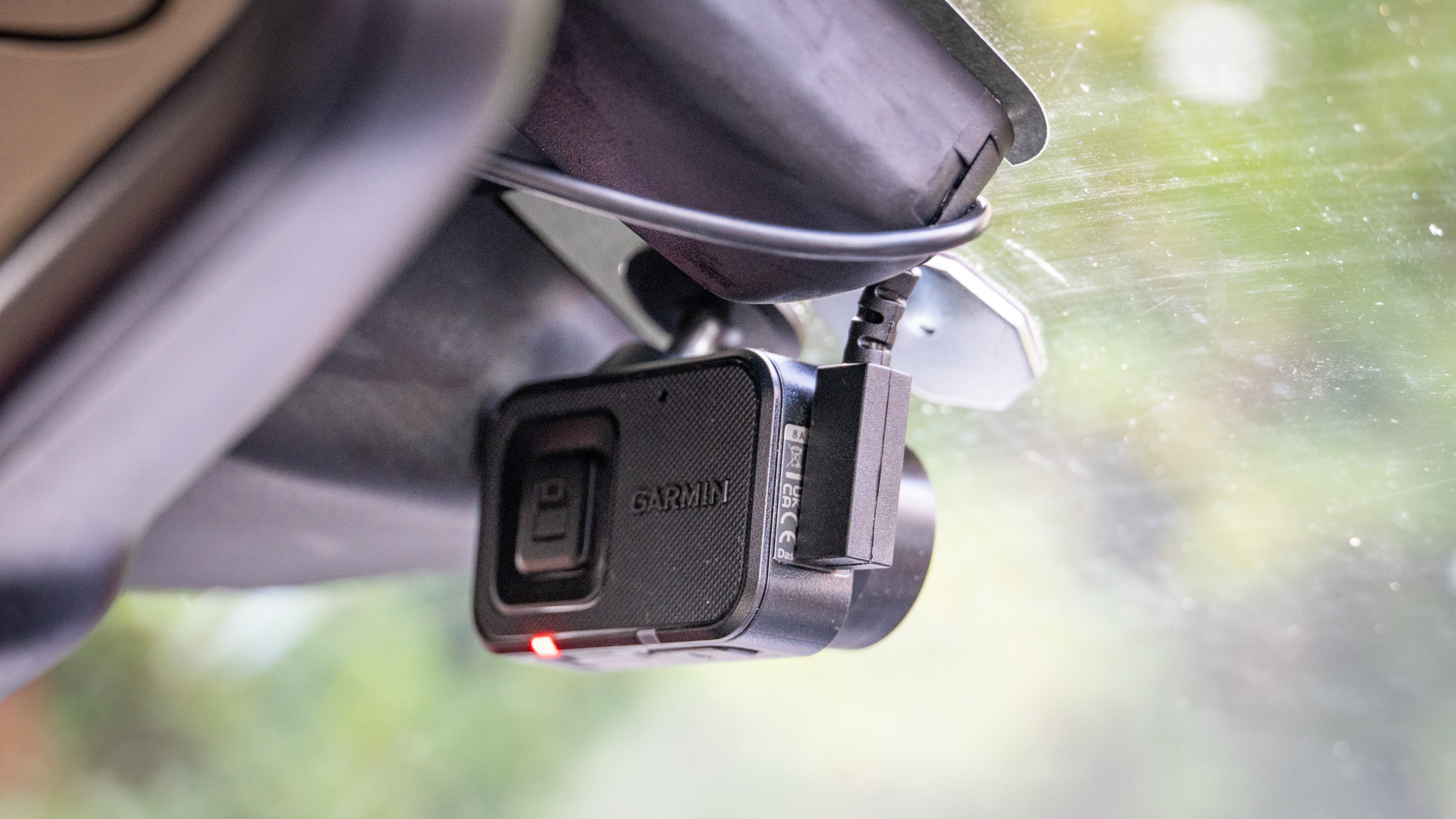
Garmin’s fantastic (and fantastically simple) windshield mount returns once again with the Mini 3. This attaches to the dash cam with a ball-and-socket joint, then sticks to the windshield with an integrated adhesive pad. There’s plenty of adjustability, but the ball of the mount is gripped tightly enough by the socket of the dash cam to prevent it from moving as you drive.
Also included in the box is a USB-C to USB-A cable and an adapter for plugging the dash cam into your car’s 12-volt socket. The adapter has a pair of USB-A connections, so you can power the dash cam and charge your smartphone at the same time. I’d have preferred a pair of USB-C ports instead, given that’s what almost all smartphones now use, but that’s a small criticism.
As with previous generations of Garmin Dash Cam Mini, a microSD card is not included in the box, so you’ll need to provide your own.
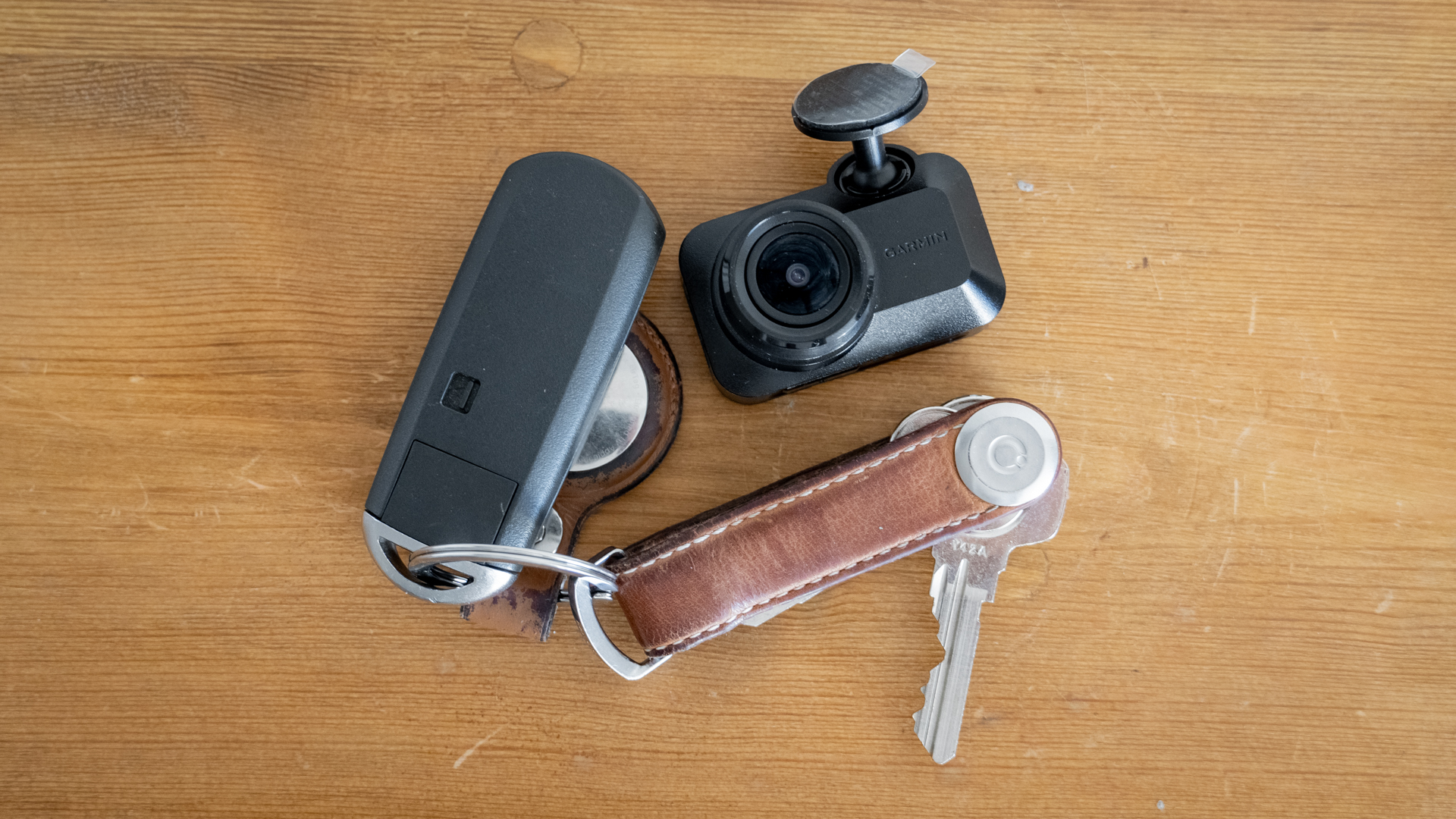
Garmin Dash Cam Mini 3: Performance
Despite its tiny proportions, the Mini 3 records HDR video at Full HD. It does so through a 140-degree lens with a built-in polarizing filter designed to cut down on windshield reflections. Apart from the addition of the filter, this is the same specification as the Mini 2 – and, as a result, the footage produced by the Mini 3 looks pretty similar too.
That’s no bad thing. Footage is sharp and clear, with nicely balanced exposure and enough detail for easily reading vehicle license plates, street signs and road markings; all the things you rely on a dashcam to pick up with great clarity. There were practically no reflections at all in the footage we captured, even on a sunny autumn day, and although not Hollywood quality, the 1080p video (at 30 frames per second) looked plenty good enough for such a tiny dashcam.
Nighttime footage isn’t as clear, of course, but even well after sunset there’s enough detail to work out what’s going on. Vehicles and road markings are clearly visible, however number plates cannot be read as reliably as they can during the day. I also noticed some reflection on the windscreen from my car’s infotainment display, but this was upwards in the top of the camera’s view and well out of shot.
Day and night, the Garmini Mini 3 produces very good footage, especially considering how tiny this dash cam is. Although I obviously couldn’t test the crash detection function, I noticed how the dash cam saves a portion of footage when the driver brakes firmly. So even if you don’t actually hit anything, you’ll have evidence of what could have been a near-miss. As ever, the sensitivity of the dash cam can be adjusted in the app settings menu, which is handy if you find it triggers too easily, such as over speed bumps or potholes.
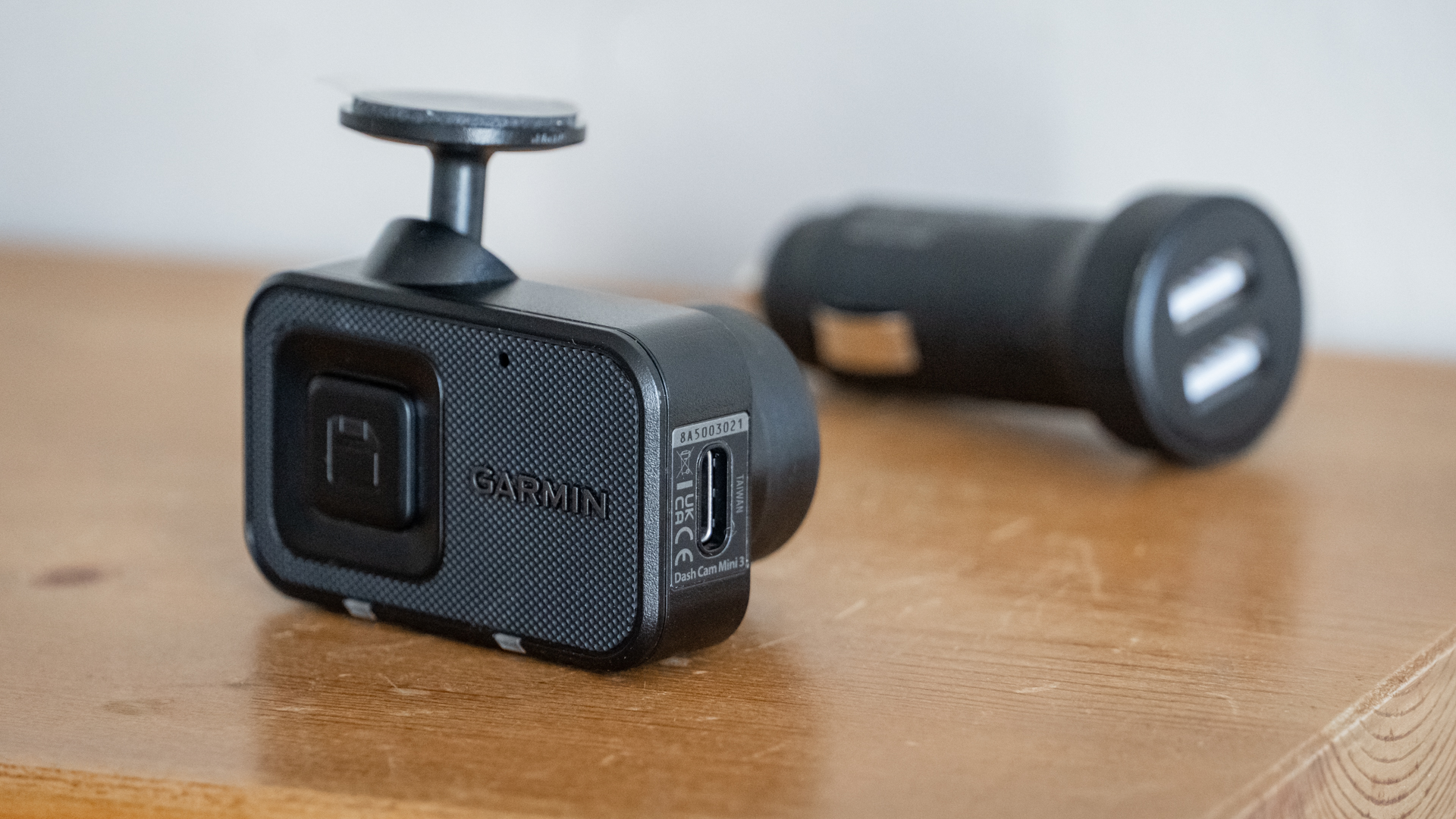
As for additional features, the Mini 3 has access to Garmin’s voice control tech. It’s always worked pretty well, throughout the history of the Garmin Dash Cam range, and is equally good here. You can ask the dash cam to manually save a recording, or turn the microphone on/off. It’s a nice-to-have but something you’re unlikely to use frequently.
As with other Garmin dash cams, the Mini 3 has a parking mode that alerts your smartphone when a collision is detected while parked. However, this requires a hardwiring kit to give the camera a constant source of power (sold separately), an active WiFi connection and a subscription to Garmin’s Vault cloud storage service. For some buyers this will add unnecessary expense and complexity, but if you can provide the all-important WiFi connection it can turn your dash cam into a round-the-clock surveillance system.
Another fringe-case feature of Garmin dash cams is how up to four can be synced up together. That way, you can have one facing forwards and one rearwards, then even a couple facing to the sides if you have a large vehicle that might benefit from 360-degree recording. Remember though, each dash cam will need a 12-volt or USB socket for power.
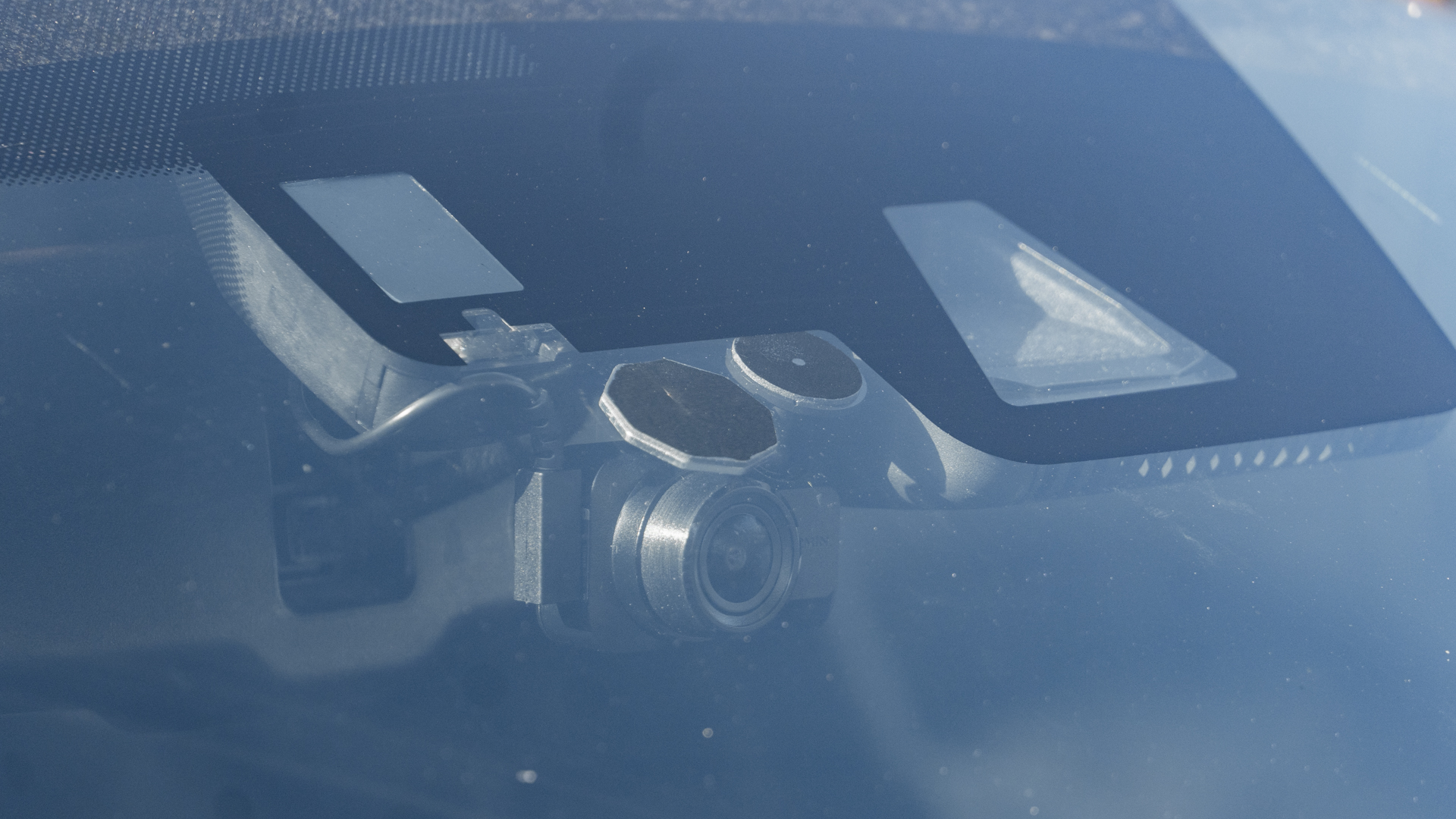
Should you buy the Garmin Dash Cam Mini 3?
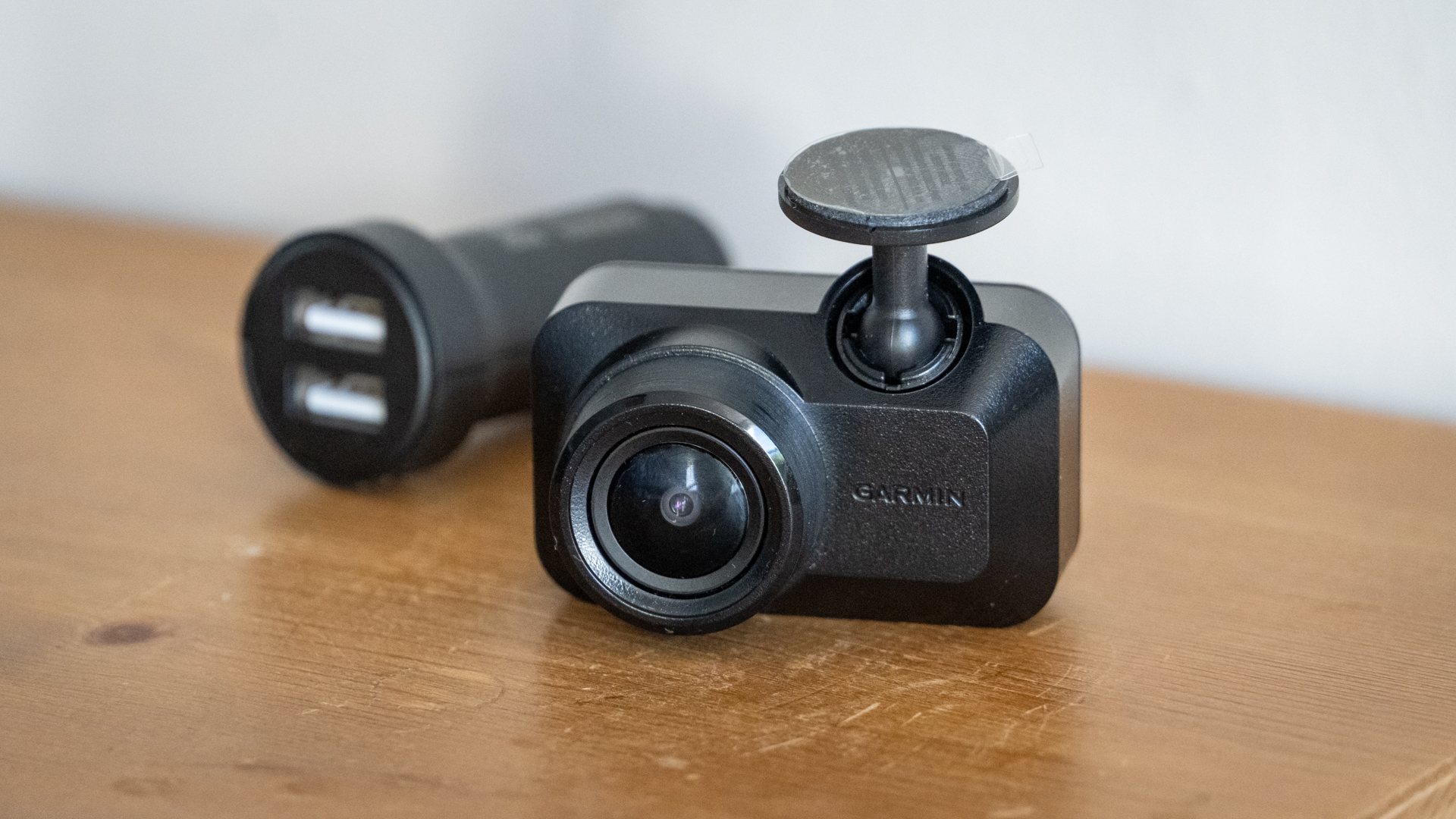
Buy it if...
Don't buy it if...
How I tested the Garmin Dash Cam Mini 3
- I installed the Mini 3 into my own car
- I used the dash cam during several journeys, during the day and also at night
- I set up the dash cam using the Garmin Drive smartphone app
I installed the Garmin Dash Cam Mini 3 in my own car and used it over the course of a couple of weeks. This included journeys during the day and at night, and gave me a good opportunity to inspect how the camera performs in various lighting conditions. I also tried out the Garmin Drive app, which is used to see a live view of the camera and adjust settings during the setup process.
- First reviewed October 2024







